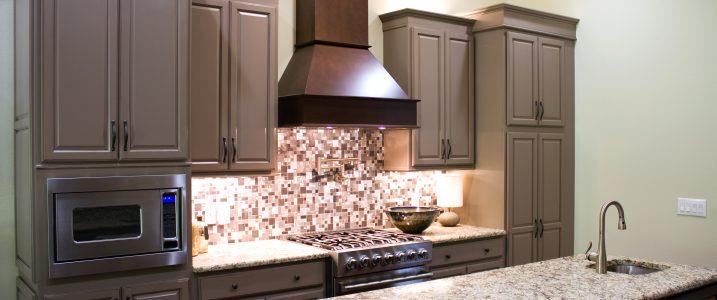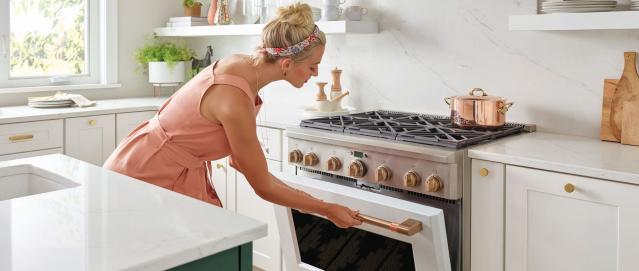Though the kitchen is meant for cooking some sweet meals, it can be the perfect habitat for mold. This is one of the rooms with a high level of moisture in any home. The kitchen can easily encourage the growth of mold. All the activities involving water use in the kitchen produce moisture. The microorganisms like settling on wet corners of the kitchen walls, cupboard, and even windows.
Mold in the kitchen is a problem that many people face since it can grow anywhere. It does not spare food storage or even food. Despite the high risks of mold growth in the kitchen, it is possible to create a resistant cooking area by doing regular checkups and cleaning. The more time you spend cleaning this region, the easier you can keep it from different mold types.
You have to take precautions in the kitchen to protect yourself from toxic mold. If you already have a mold situation in your kitchen, get in touch with professionals who offer mold inspection New York services to get rid of it. Since prevention is always better, here are some of the measures that you can take to create a mold-resistant kitchen.
Let the stove fan run as you cook

High humidity leads to mold growth in the kitchen. When cooking, the steam that is produced increases the humidity levels in your kitchen. Though you cannot avoid preparing meals or boiling water in the kitchen, you can control humidity levels by using a stove fan. If you don’t own a kitchen vent, you can still regulate the humidity levels by opening the windows. This also lets the stale air in the kitchen get out and allows fresh air to get in.
Clean the kitchen

The kitchen is more sensitive than any other room in the house. Ensure that you clean this region daily to reduce the chances of mold growing on different surfaces. If, for instance, some of the food drops on the ground while cooking and you don’t clean it up, it can encourage mold growth.
Work on both the top and bottom surfaces of your kitchen to reduce mold growth. You can also use certain spray products that are known to prevent mold growth as you clean the kitchen. For instance, look for an antibacterial cleanser that you can use to clean your countertops every day after preparing meals.
Pay attention to kitchen cabinets
Do you use specific kitchen cabinets to store dishes after cleaning them? If yes, you should check them out regularly since mold can easily grow in such areas. Ensure you wipe the kitchen cabinets from time to time before storing your dishes. You should also give the cabinets some time to dry to reduce moisture. If you use kitchen cabinets to store food, you should always inspect them and get rid of any moldy or spoiled food.
Do not forget the refrigerator
Since some molds tend to grow inside the fridge, you should be keen on this storage area. Check the vegetable drawer in the fridge and wipe it down regularly. You can use some warm water and baking soda to clean such areas in the fridge. This can minimize the chances of mold growth. Also, pay attention to the ice dispenser drawer in the refrigerator since it can also draw moisture, which can encourage mold growth.
Dispose of the garbage every day
Get rid of the garbage since mold can grow in trash cans within hours. Apart from emptying the trash cans, you should clean it from time to time. You can add some vinegar in the cleaning water every month to help kill the bacteria in the trash can. It should also let it dry before you start reusing it. If you want to maintain a cleaner trash can, insert a trash bag in it so that no garbage touches it directly.
Do not procrastinate on cleaning dishes
Cleaning dishes is not everyone’s favorite task, but skipping on this can encourage mold growth in your kitchen. Stacking dishes prevents them from drying, and the rotten pieces of food on the dishes can easily attract mold. Cleaning the dishes can help you keep mold at bay.





